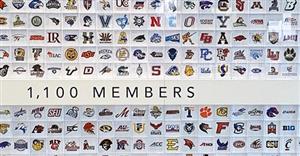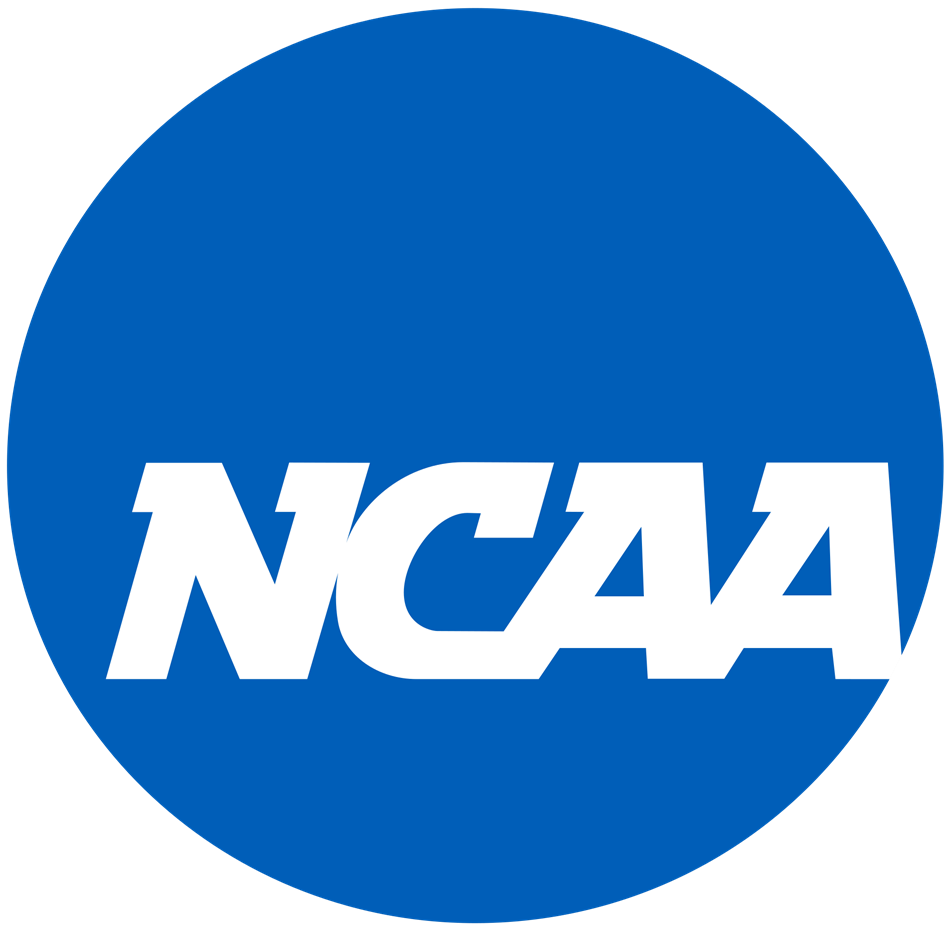NHS Student Information Center
Page Navigation
- Welcome to Panther Country!
- Guidance Counselors
- NHS College Fair '25
- Graduation Requirements:
- Students with Disabilities (ESE)
- Senior Honors (Class of 2025)
- Transcripts
- Mental Health Resources
- Dual Enrollment
- Retrieval of Credits / Getting Ahead
- Khan Academy (Free Course and Test Prep Resource)
- SAT / ACT / CLT Testing
- Community Service Information
- Take Stock in Children
- High School / Graduation Memories
- Social Events
- Graduation Commencement
-
Make a Plan for After High School...
- Continuing Your Education
- SCOIR College Admissions Network
- Virtual College Visits
- Student - Athlete
- Florida Colleges and Universities
- Florida's Workforce Education Initiative
- Vocational / Technical Schools
- Military Service
- Florida Bright Futures Scholarships
- Federal Pell Grant
- Scholarships
- Financial Aid
-
National Collegiate Athletic Association (NCAA)
If you want to compete in NCAA sports, you need to register with the NCAA Eligibility Center. Plan to register before starting your freshman year of high school (or year nine of secondary school) to ensure you meet amateurism standards and are academically prepared for college coursework.
Additionally, take the time to review the NCAA Guide for the College-Bound Student-Athlete. This Guide answers important questions for four groups of people involved in the NCAA initial-eligibility process:
- High school students who hope to compete in college sports at an NCAA school.
- Parents, guardians and family members of high school students.
- High school counselors and athletics administrators.
- High school and non-scholastic coaches.
These are more great resources for questions on transferring during your college career:
- NCAA Guide for Two-Year Transfers (transferring from a two-year college to a four-year NCAA member school)
- NCAA Guide for Four-Year Transfers (transferring from a four-year school to a different four-year school)
Important Note
-
Colleges will only consider certain courses to determine eligibility credits and GPA. It is important that you are aware and stay on track during your time in high school to meet the eligibility requirements. Not all courses offered at Newberry High School are approved through the NCAA clearinghouse, so make sure to visit the NCAA High School Portal for Newberry High School to see the list of approved courses. The NHS Guidance Office can develop and periodically update a worksheet for either Division I or Division II to assist you in monitoring your progress in meeting NCAA initial eligibility standards. This is a key component to getting and staying eligible throughout your high school years.

You can request that an NCAA worksheet be completed with your high school course information by speaking with your NHS Guidance Counselor or sending an email directly to Ms. Eberly at eberlycl (@gm.sbac.edu).
Division I
-
Collectively, there are more than 350 Division I schools that field more than 6,000 athletics teams and provide opportunities for more than 170,000 student-athletes to compete in NCAA sports each year. Nearly 57% of them receive athletics aid, including some who receive full scholarships and additional cost-of-attendance stipends. The following resources will help guide you through the process:
- NCAA Division I (website)
- NCAA Division I Manual
- Initial Eligibility Brochure
- Play Division I Sports Timeline
- Division I Time Management Expectations
Make sure to speak with your Coach and NHS Guidance Counselor as soon as possible to confirm you are on the right path for eligibility to play at the next level.
Division II
-
Of the more than 1,100 NCAA member universities and colleges, about 300 classify their athletics programs in Division II. Currently, more than 122,000 student-athletes benefit from participating in Division II athletics. Student-athletes generally constitute a high percentage of the student body at Division II schools. Among the most distinguishing features in Division II is its athletics scholarship model, which awards partial scholarships that students combine with academic or need-based grants to construct their financial aid package. The following resources will help guide you through the process:
- NCAA Division II (website)
- NCAA Division II Manual
- Initial Eligibility Brochure
- Play Division II Sports Timeline
- Division II Time Management Expectations
Make sure to speak with your Coach and NHS Guidance Counselor as soon as possible to confirm you are on the right path for eligibility to play at the next level.
Division III
-
Division III is home to more than 440 institutions and 195,000 student-athletes (the most in any division) who can earn the opportunity to compete in 28 national championships. While Division III does not permit athletics scholarships, roughly 80% of Division III student-athletes receive some form of academic grants or need-based scholarships. The following resources will help guide you through the process:
- NCAA Division III (website)
- NCAA Division III Manual
- Play Division III Sports Timeline
- Division III Time Management Expectations
Make sure to speak with your Coach and NHS Guidance Counselor as soon as possible to confirm you are on the right path for eligibility to play at the next level.
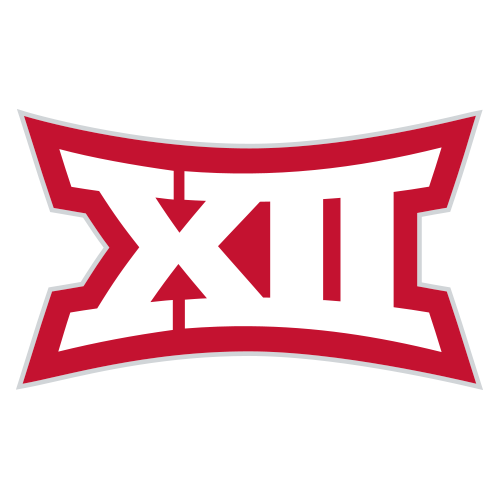
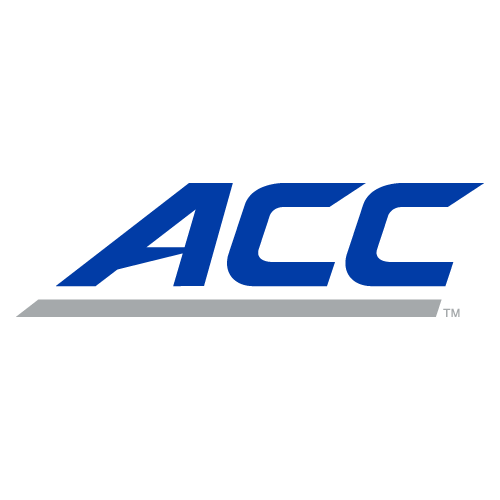
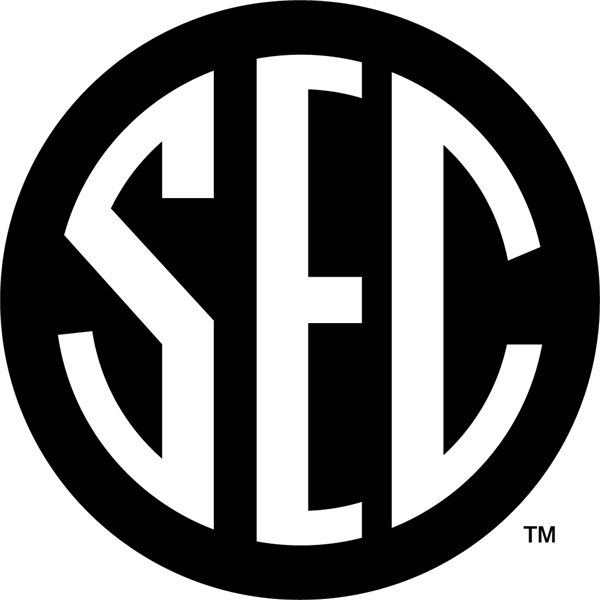
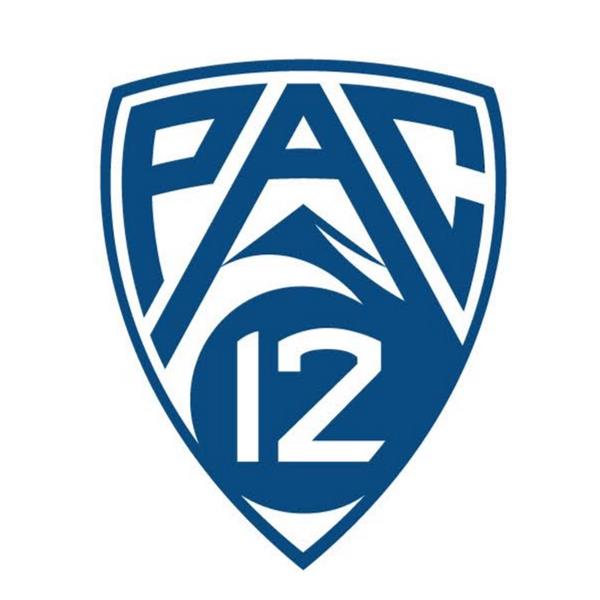
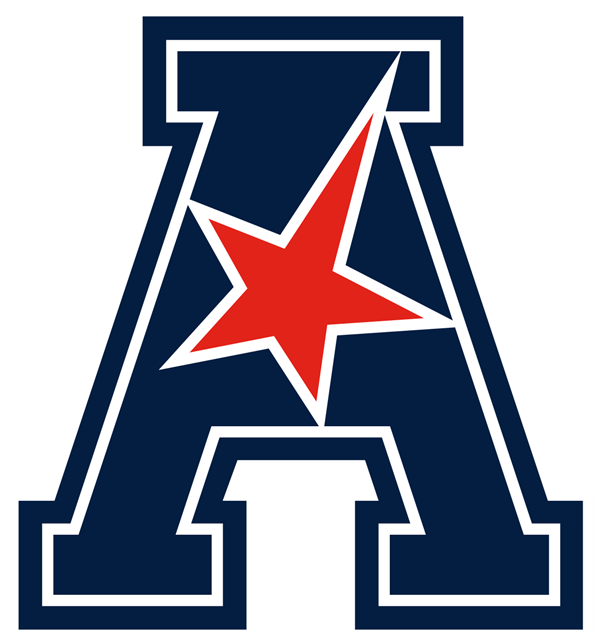
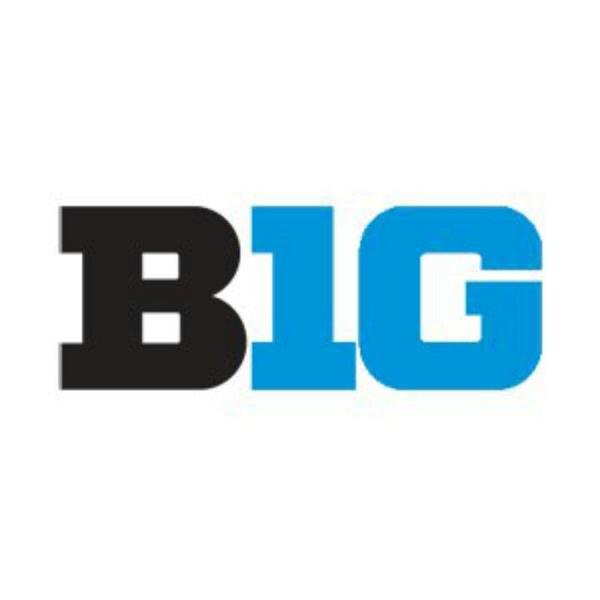
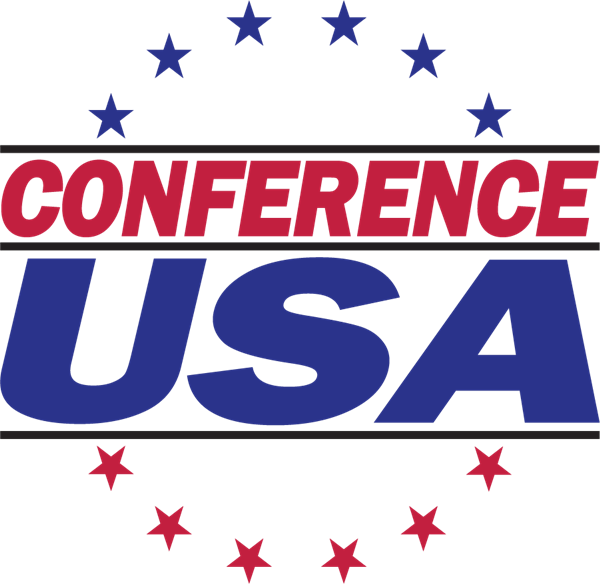
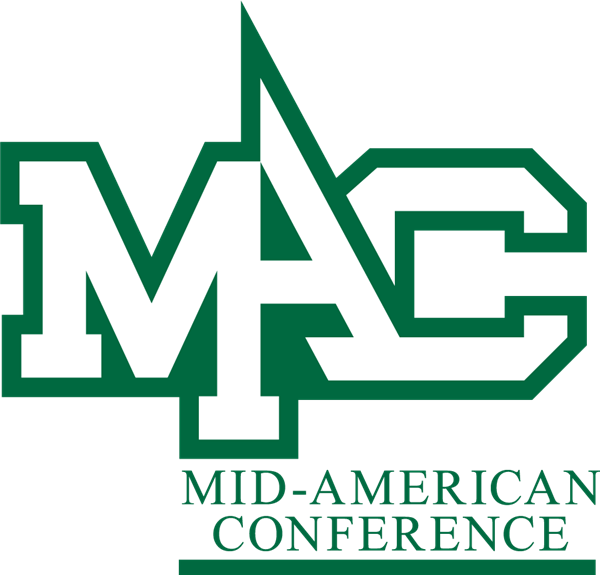

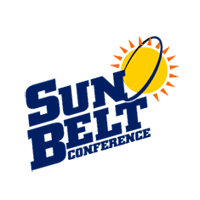
-
The NCAA is made of three divisions and over 1,000 schools. Use NCAA Research's interactive map to help locate NCAA schools your student is interested in attending!
